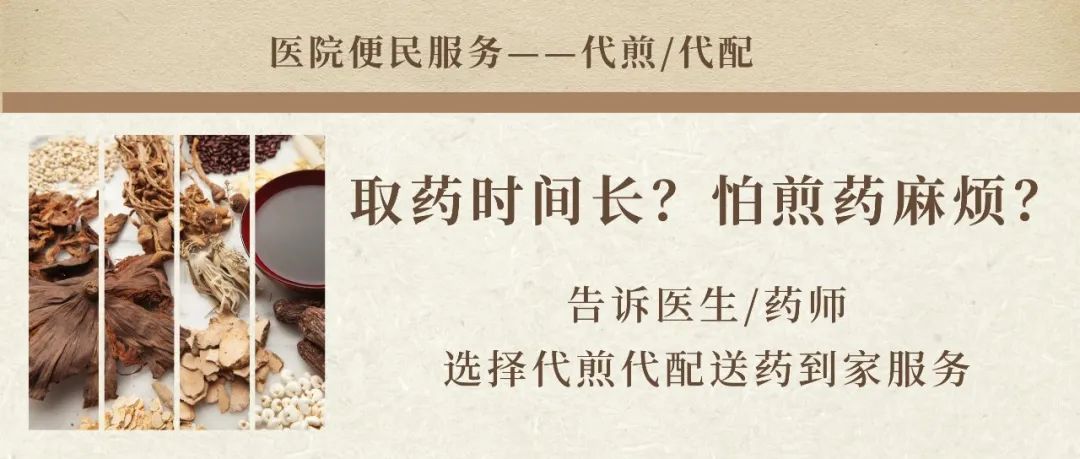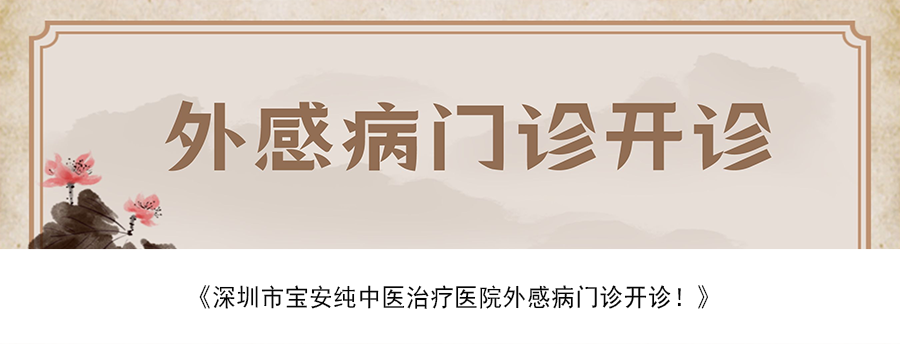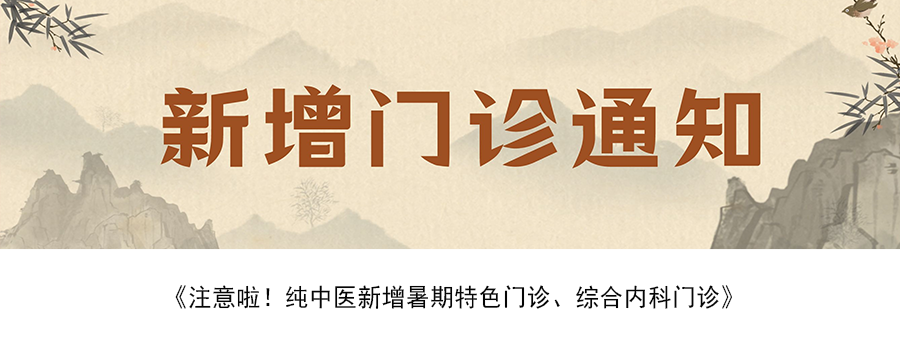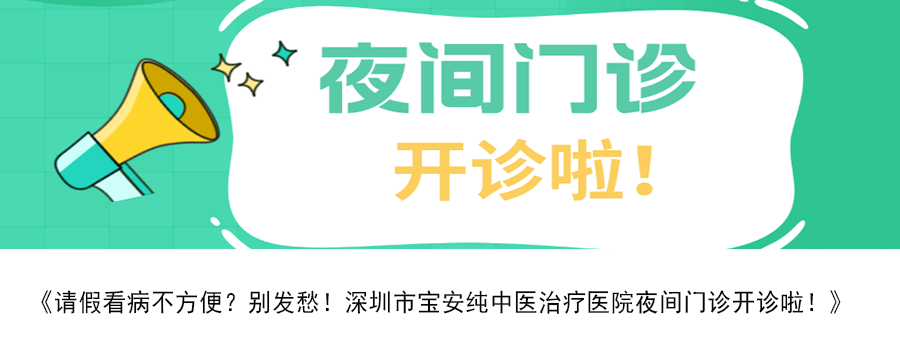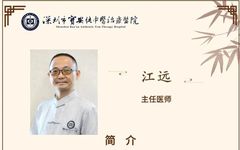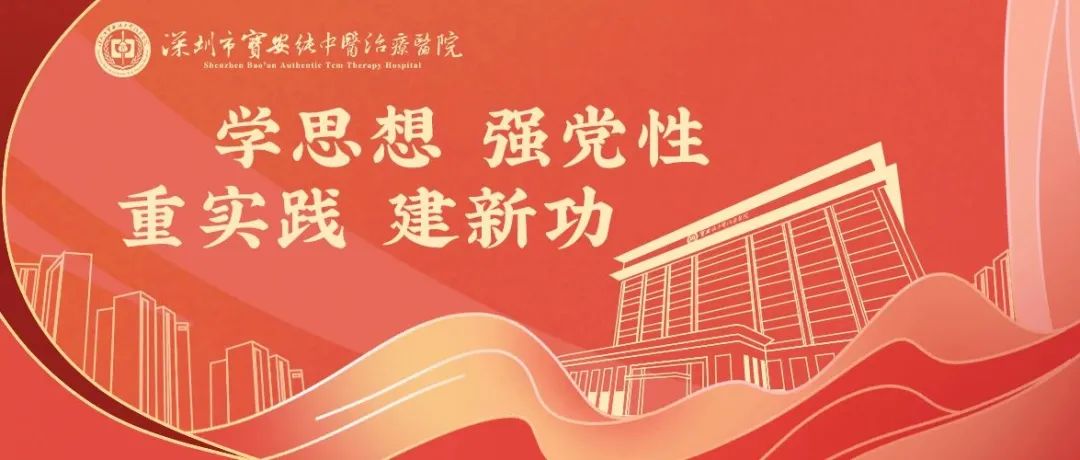
As autumn and winter approach, the temperature difference between day and night increases, and the weather fluctuates between cold and hot, making it a peak season for many respiratory infectious diseases. Influenza A, Influenza B, and other respiratory viral infections are on the rise, especially with the recent increase in cases of “mycoplasma pneumonia infection,” which has been trending in discussions.
This year’s “mycoplasma pneumonia infection” not only has a high number of cases but also presents with severe acute symptoms, younger age groups, and a tendency for recurrence.
Traditional Chinese Medicine (TCM) considers these respiratory infectious diseases as “exogenous diseases” (外感病, wàigǎnbìng). The Shenzhen Baoan Pure TCM Treatment Hospital employs pure TCM methods to treat “exogenous diseases,” resulting in short treatment courses and significant effectiveness.

Let’s look at two cases
Case Studies of TCM Treatment for “Exogenous Diseases”~
Case One

Mr. Huang (pseudonym), 32 years old, consulted Dr. Jiang Yuan, attending physician for exogenous diseases.
Chief Complaint: Fever and sore throat for 5 days.
Present Illness: Five days ago, after visiting a crowded place, he developed a fever, initially at T38.5°C, with a maximum temperature reaching 40°C over the past five days, accompanied by chills without sweating, headache, and negative results for COVID-19 antigen and influenza tests. After taking antipyretics, he continued to sweat without relief from fever, sore throat, or headache.
Symptoms upon arrival: Entered the clinic wearing a coat, T38.5°C, with chills, slight sweating, sore throat, and headache. He felt fatigued and weak. Occasionally experienced dry mouth and bitter taste, preferred warm drinks. No nasal congestion or clear nasal discharge. Decreased appetite. No bowel movement for 3 days. Sleep was shallow and easily disturbed. Tongue was pale and dark, with a thick yellow greasy coating, pulse was wiry and slippery.
After diagnosis, Dr. Jiang prescribed the following treatment:
Chi Shao (赤芍, Red Peony), Zhi Gan Cao (炙甘草, Honey-fried Licorice), Sheng Shi Gao (生石膏, Raw Gypsum), Ma Huang (麻黄, Ephedra), Chan Tui (蝉蜕, Cicada Slough), Tai Zi Shen (太子参, Prince Ginseng), Lu Gen (芦根, Reed Rhizome), Huang Qin Pian (黄芩片, Scutellaria), Chai Hu (柴胡, Bupleurum), Shu Dahuang (熟大黄, Prepared Rhubarb), Chao Jiang Can (炒僵蚕, Fried Silkworm), Wu Mei (乌梅, Mume), Sheng Jiang (生姜, Fresh Ginger), Da Mi (大米, Rice), Cong Bai (葱白, White Scallion).
Follow-up after three days
Chief Complaint: After returning home from the first visit, he measured T39.5°C at noon. Around 2:30 PM, after taking the TCM, sweating increased, and body temperature gradually decreased, with headache gradually alleviating, but still experiencing sore throat. At 4:30 PM, he measured T38.5°C, and at 6:30 PM, T38.9°C.
The next day, he continued taking the second dose frequently, measuring T37.9°C around 12:30 PM, T37.3°C around 4:30 PM, and T36.5°C at 9:30 PM. Bowel movements occurred 4-5 times a day, with loose stools.
Symptoms upon arrival: Removed his coat and wore short sleeves for the visit. This morning, T36.5°C, energy and spirit returned to normal. Appetite increased compared to before. Sweating more, not afraid of the cold. Sore throat reduced compared to before. Slight dizziness, no headache. No nasal congestion or cough. Tongue was pale and dark, with teeth marks on the edges, thick yellow coating, pulse was wiry and slippery.
Dr. Jiang commented: The patient used TCM primarily based on Shao Yao Gan Cao Tang (芍药甘草汤, Peony and Licorice Decoction) + Bai Hu Jia Ren Shen Tang (白虎加人参汤, White Tiger Decoction with Ginseng) + Xiao Chai Hu Tang (小柴胡汤, Minor Bupleurum Decoction) + Sheng Jiang San (升降散, Ascending and Descending Powder) with modifications, all derived from classical TCM texts.

Shao Yao Gan Cao Tang first appears in “Shang Han Lun” (伤寒论, Treatise on Febrile Diseases) Section 29: “In cases of febrile disease with floating pulse, spontaneous sweating, frequent urination, irritability, and slight aversion to cold, if the feet are cramping, it is a mistake to use Gui Zhi to attack the exterior; if there is dry throat, irritability, and vomiting, use Gan Cao and Gan Jiang Decoction to restore Yang. If the cramping resolves and the feet are warm, then use Shao Yao Gan Cao Tang, and the feet will extend…” Its function corresponds to the viewpoint of Qing Dynasty physician Wang Songru: “The liver and gallbladder are the source of warmth, and the stomach and intestines are the reservoir of warmth,” to counteract the source of upper-jiao fire heat syndrome—loss of gallbladder descent.
Bai Hu Jia Ren Shen Tang is derived from “Shang Han Lun” Section 168: “If after vomiting or purging, there is no resolution for seven or eight days, and heat is trapped inside, with heat both inside and outside, and there is a constant aversion to wind, great thirst, and a dry and irritated tongue, desiring to drink several liters of water, Bai Hu Jia Ren Shen Tang is the main treatment.” And Section 169: “If there is no high fever, dry mouth and thirst, irritability, and slight aversion to cold, Bai Hu Jia Ren Shen Tang is the main treatment.”
Bai Hu Jia Ren Shen Tang formula:
Zhi Mu (知母, Anemarrhena) 6 liang, Shi Gao (石膏, Gypsum) 1 jin (crushed), Zhi Gan Cao (炙甘草, Honey-fried Licorice) 2 liang, Ren Shen (人参, Ginseng) 2 liang, Jing Mi (粳米, Glutinous Rice) 6 liang.
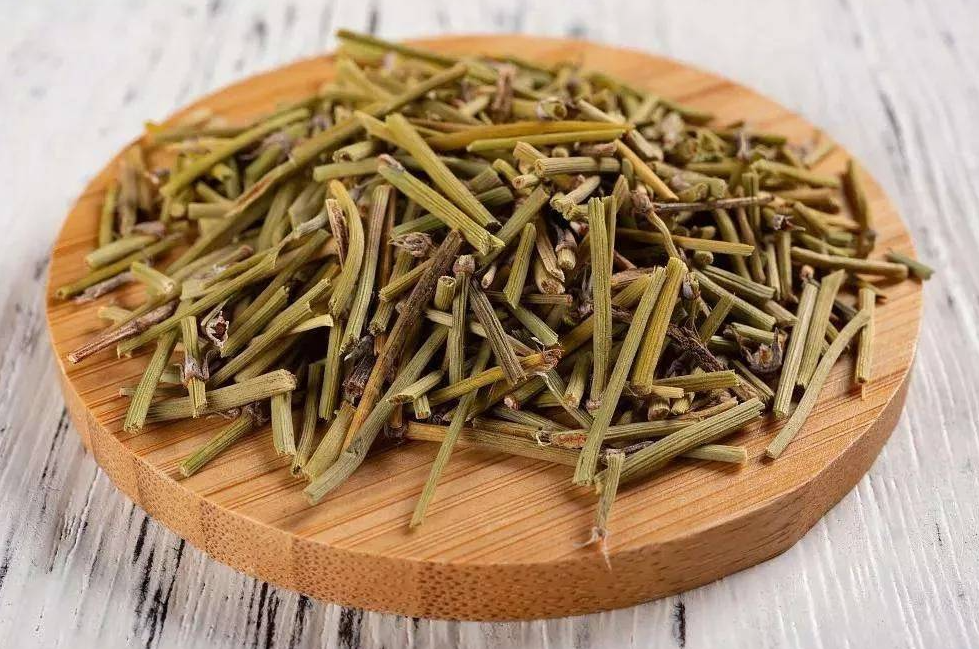
Ma Huang has wide clinical applications, usable with or without sweating. “Shang Han Lun” Section 35: “In Tai Yang disease, with headache, fever, body aches, and no sweating but wheezing, Ma Huang Tang is the main treatment.” Section 63: “After sweating, do not use Gui Zhi Tang again; if sweating occurs and there is wheezing without high fever, Ma Huang Xing Ren Gan Cao Shi Gao Tang can be used.”
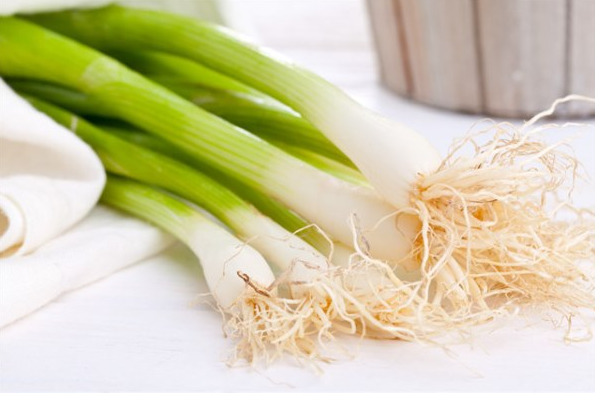
Cong Bai is a culinary and medicinal ingredient, which has the effect of unblocking Yang, dispersing pathogens, and expelling wind-cold evil. It is used in “Shang Han Lun” Section 314’s Bai Tong Tang and Section 317’s Tong Mai Si Ni Tang.
Da Huang, Chan Tui, and Jiang Can: The modifications of Sheng Jiang San target the heat toxins hidden in the earth, having the function of “descending, discharging, and dispersing”.
Chai Hu and Huang Qin: Counteract the membrane source and Shao Yang, preventing internal injury while needing to resolve upper-jiao fire toxins.
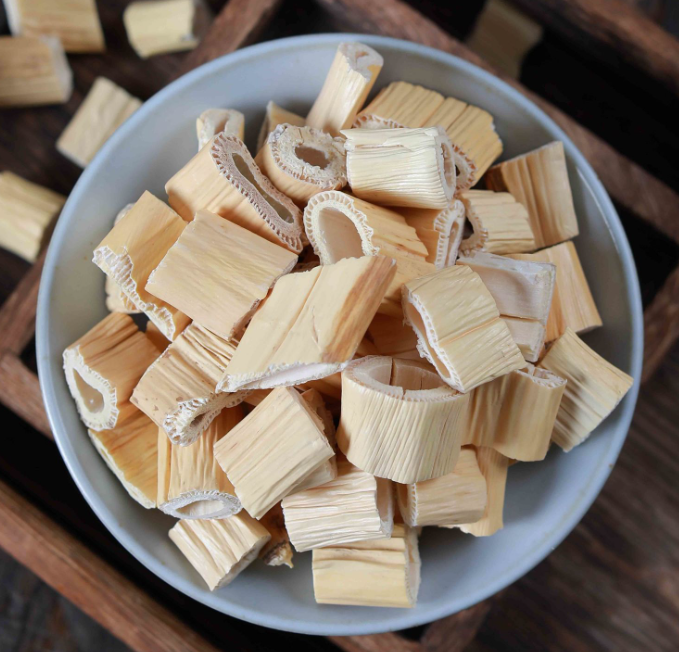
Lu Gen: is the root of reed. Sweet, cold, and enters the lung and stomach channels, it has the functions of clearing heat, draining fire, generating fluids, relieving thirst, eliminating irritability, stopping vomiting, and promoting urination. “Tang Ben Cao” states that Lu Gen treats vomiting and inability to eat due to stomach heat, and is beneficial for patients with febrile diseases. “Yi Xue Zhong Zhong Can Xi Lu” provides a profound discussion on Lu Gen: “The root of reed resides at the bottom of the water, its nature is cool and good at ascending; for those suffering from severe head plague, it is often used as a key medicine due to its ascending power reaching the brain, let alone the lungs? Moreover, its cool nature can clear lung heat, regulate lung qi, and its sweet taste nourishes lung yin, thus using the root is superior to the stem. The medicinal product sold in pharmacies is called Lu Gen, which is indeed the root of reed. Its nature is quite similar to that of Mai Gen; if fresh Mai Gen is unavailable, fresh Lu Gen can be used as a substitute.
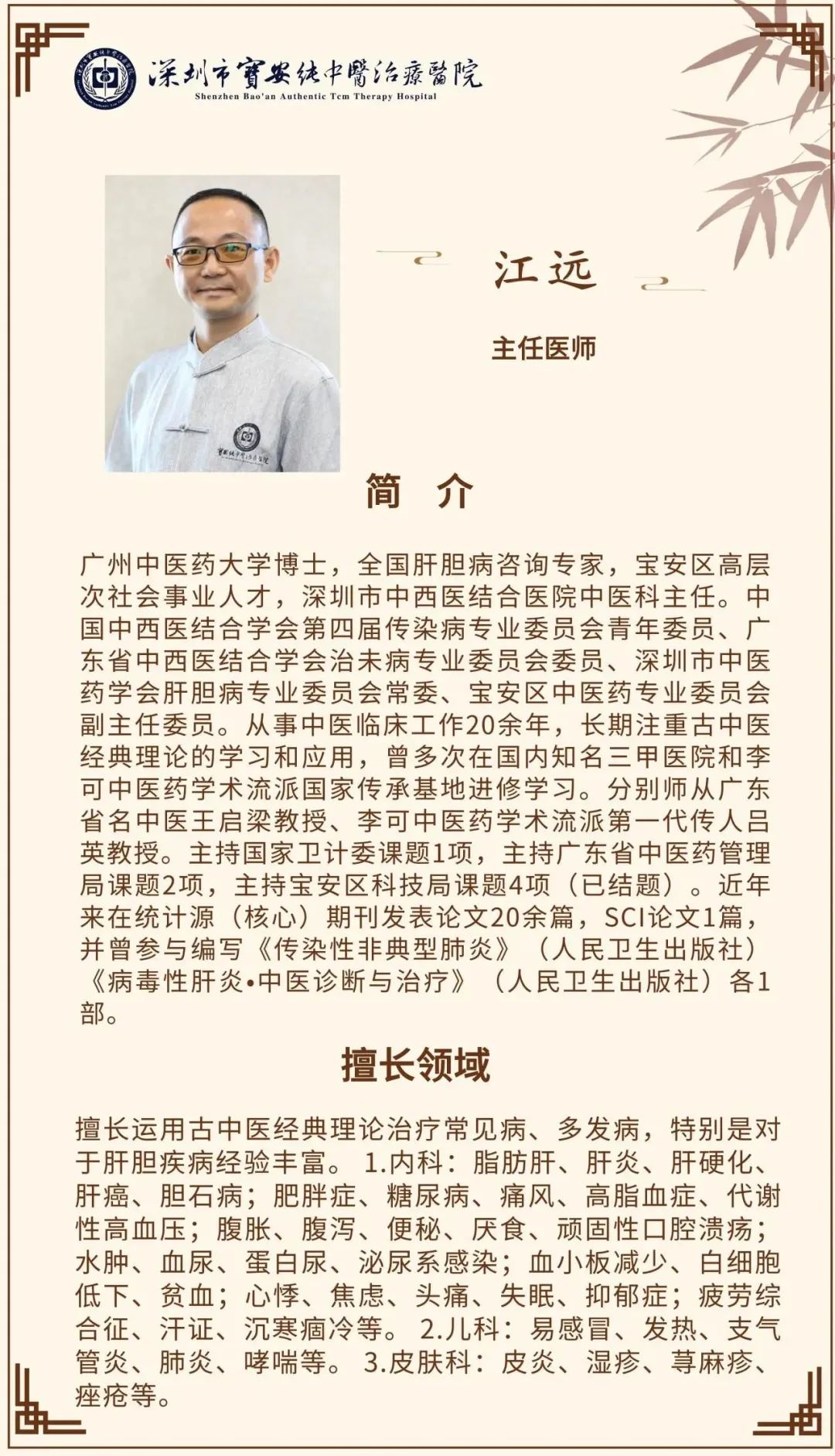

Case Two

A child, Zhang (pseudonym), 6 years and 3 months old, presented with “intermittent fever accompanied by cough for 8 days” at the pediatric outpatient clinic with Dr. Li Wenjie.
The child developed cough and fever symptoms 8 days prior, visited a local community health center, and was treated with nebulized budesonide suspension, TCM decoction, and oral medications such as cefaclor granules and carbocisteine oral solution, but with no effect, leading to this consultation.
Symptoms upon arrival: General spirit was fair, no fever, nasal congestion, no significant nasal discharge, cough with little phlegm, throat itch, poor appetite, no bowel movement for 2 days, normal urination, restless sleep at night.
Physical Examination: 37.1°C, congested throat, no enlargement of tonsils, coarse breath sounds in both lungs, with some moist rales audible. Tongue tip was red with punctate lesions, slightly thin greasy coating, pulse was floating, slightly thin, slippery, and rapid.
Auxiliary Examination: Chest X-ray showed slight infectious lesions in the left lower lung field with a small amount of left pleural effusion.
Outpatient Diagnosis:
TCM Diagnosis: Pediatric cough (Pattern: Wind-cold invading the exterior, phlegm-heat obstructing the lungs).
Western Diagnosis: Bronchopneumonia.
Treatment Method: Disperse wind and cold, promote lung function and resolve phlegm.
Treatment Prescription:
Ma Huang (麻黄, Ephedra), Zhi Gan Cao (炙甘草, Honey-fried Licorice), Chan Tui (蝉蜕, Cicada Slough), Qing Hao (青蒿, Sweet Wormwood), Tai Zi Shen (太子参, Prince Ginseng), Fa Ban Xia (法半夏, Pinellia), Gua Lou Pi (瓜蒌皮, Trichosanthes Fruit Peel), Ku Xing Ren (苦杏仁, Bitter Apricot Seed), Sheng Shi Gao (生石膏, Raw Gypsum), Di Long (地龙, Earthworm), Nan Sha Shen (南沙参, South Sand Ginseng), Tao Ren (桃仁, Peach Kernel), Yi Yi Ren (薏苡仁, Coix Seed), Dong Gua Zi (冬瓜子, Winter Melon Seed), Lu Gen (芦根, Reed Rhizome), Tian Hua Fen (天花粉, Trichosanthes Root), granules.
After taking TCM, the patient’s symptoms improved, and the family did not administer azithromycin for infection treatment. Later, mycoplasma pneumonia antibody IgG > 300 AU/ml positive, mycoplasma pneumonia antibody IgM 2.17 COI positive. Confirmed as mycoplasma infection.
After 10 days, after two, three, and four follow-ups, the child’s cough and other symptoms completely disappeared, and follow-up continues to this day.
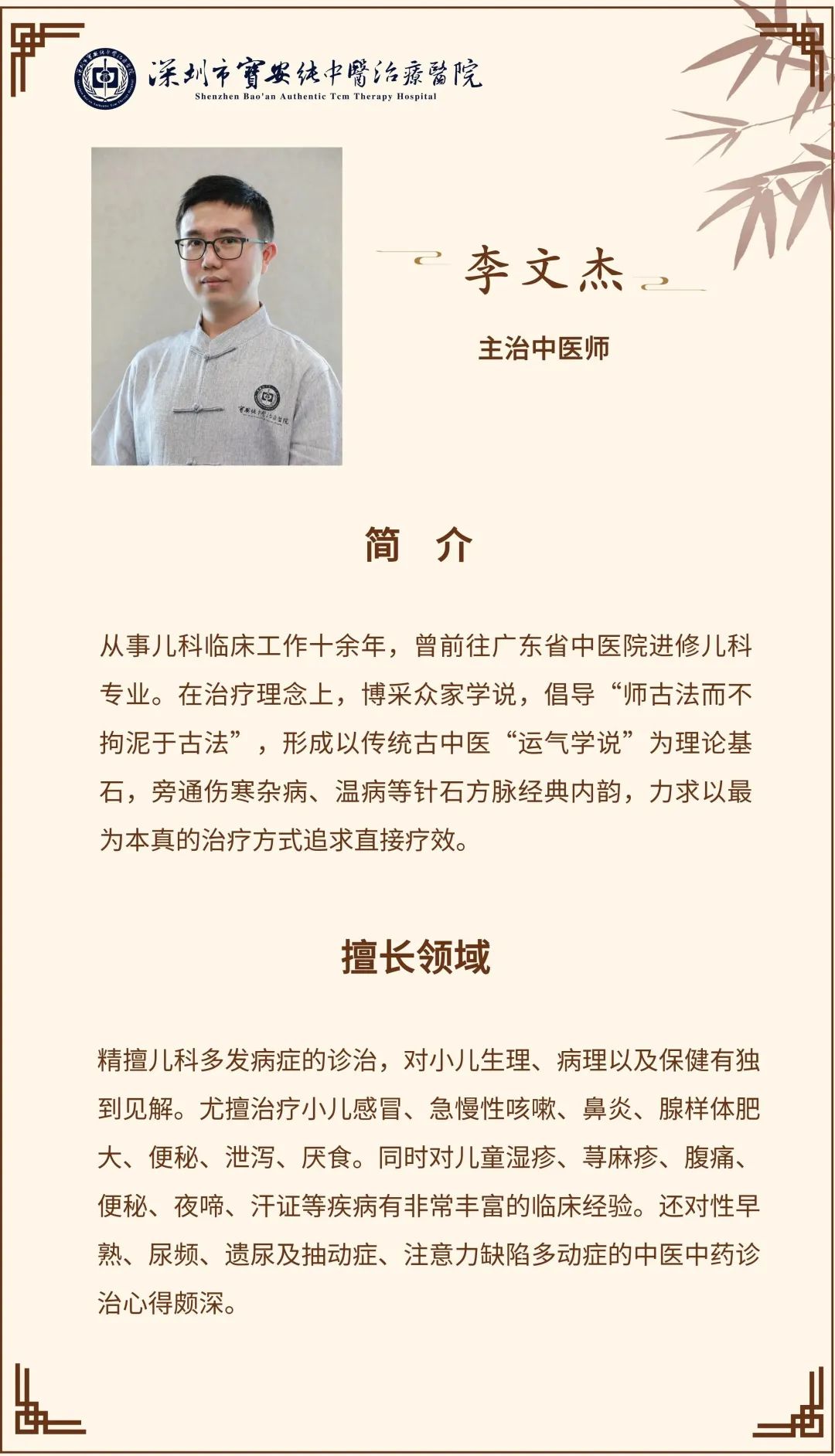


It is important to remind that in the face of respiratory diseases, how to effectively prevent and protect vulnerable populations such as children and the elderly? Experts advise maintaining social distance from patients with respiratory diseases, frequent hand washing, good ventilation, minimizing visits to crowded enclosed places, and wearing masks when necessary!
The prescriptions in the medical cases are only applicable to the patients’ conditions at that time. Individual specific conditions should be diagnosed and treated by TCM. Patients in need should make an appointment in advance for exogenous disease outpatient clinic or pediatric outpatient clinic!


Exogenous Disease Outpatient Clinic
The outpatient clinic is composed of a team of experienced TCM experts, providing diagnostic and treatment services for patients with exogenous diseases.
Scope of Diagnosis and Treatment:TCM categorizes diseases based on the nature of their causes into two main categories. Diseases caused by external pathogens are called exogenous diseases, and among exogenous diseases, those that are infectious are termed epidemics. Diseases caused by internal emotional injuries are called internal injuries and miscellaneous diseases.Common external pathogens include cold, heat, dryness, dampness, and epidemic qi, which can invade the human body through the mouth, nose, and skin, causing exogenous diseases. For example, invasion of cold can cause colds, invasion of heat can cause coughs, and invasion of dampness can cause diarrhea. The infectious diseases caused by viruses, bacteria, etc., such as COVID-19, colds, influenza, pneumonia, enteritis, and dysentery, all fall under TCM’s exogenous diseases. The invasion of external pathogens can not only cause exogenous diseases but also induce or exacerbate internal injuries and miscellaneous diseases, such as heart disease, diabetes, and kidney disease, which often recur or worsen due to colds, and can even lead to death.Diagnostic and Treatment Features:“When the righteous qi is preserved within, evil cannot invade; where evil gathers, its qi must be deficient,” meaning that from a holistic perspective, it is important to consider the many factors related to the disease, including heaven, earth, and humanity, and to focus treatment goals on supporting righteous qi, enhancing the body’s resistance to disease, ensuring that the body’s righteous qi is in an advantageous position during the struggle against evil, ultimately expelling external pathogens from the body.Treatment not only employs decoctions but can also incorporate acupuncture, moxibustion, massage, and other suitable TCM techniques to alleviate corresponding discomfort symptoms. In the recovery phase of exogenous diseases, TCM emphasizes “preventing recurrence after recovery,” using internal and external herbal treatments, acupuncture, massage, and traditional exercises to promote lung function recovery, improve symptoms such as shortness of breath and fatigue, while also playing a significant role in emotional relief, enhancing physical constitution, and boosting immunity.Expert Team:Dr. Xiao Xiangru;Dr. Jiang Yuan;Dr. Li Bo;Dr. Yu Yuchang;Dr. Wei Zhenquan;Dr. Lu Yanqi;Dr. Jiao Peipei;Dr. Shu Yi.


Pediatrics
The pediatric department of Shenzhen Baoan Pure TCM Treatment Hospital advocates a treatment philosophy of “Green, Healthy, Future,” with significant efficacy for exogenous fever (infectious fever diseases), acute and chronic cough, recurrent respiratory infections, asthma, rhinitis-adenoid hypertrophy, acute and chronic tonsillitis, chronic abdominal pain, anorexia, diarrhea, constipation, mesenteric lymphadenitis, purpura, developmental delay, enuresis, tic disorders, and attention deficit hyperactivity disorder.
The pediatric department conducts a series of external treatment methods: Currently, for pediatric rhinitis, cough, anorexia, constipation, diarrhea, and indigestion, treatments such as acupoint application, navel therapy, and needling of the Sifeng point are being performed; for common pediatric diseases, pediatric massage therapy is conducted; for weak children, those with recurrent respiratory infections, and allergic rhinitis, Sanfu plaster, Sanjiu plaster, and moxibustion are also being implemented.
The pediatric department insists on using pure TCM treatment methods, guided by traditional TCM theories, combining internal herbal medicine with external TCM treatments for existing diseases. Additionally, it actively promotes knowledge of TCM care for children, aiming to reduce illness in children and achieve the goal of preventing diseases, ensuring a healthy growth path for children.

Article Authors: Jiang Yuan, Li Wenjie
Editor:New Media Team
Initial Review: Jiang Yuan, Li Wenjie
Final Review: Shi Yufeng
Audit: Xiong Yuanyuan
Some images sourced from the internet, copyright belongs to the original authors.
This WeChat public account is dedicated to public welfare promotion, with no commercial use. If there are any text, image, or video design infringements or violations, please inform us promptly for deletion.
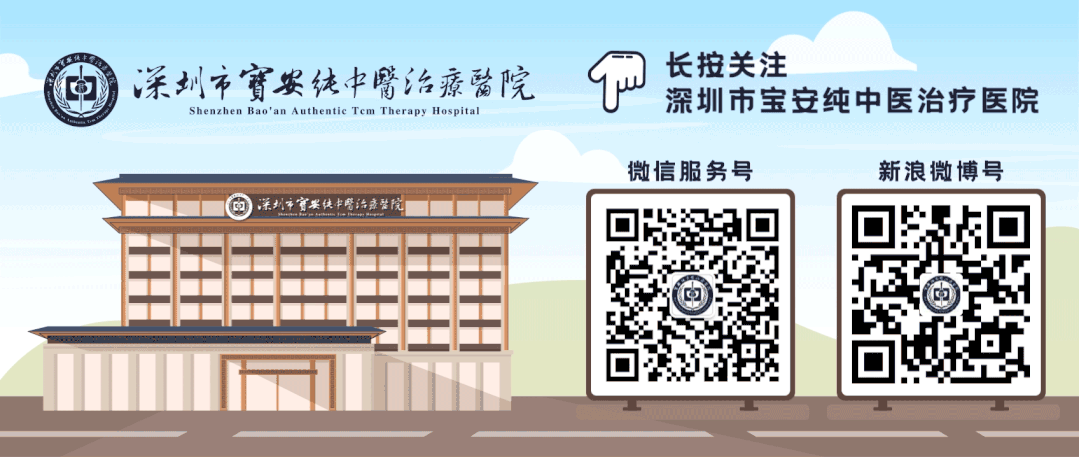
✎ Appointment Registration:
-
Click the card below,follow the public account
-
Click the menu bar → Appointment Registration
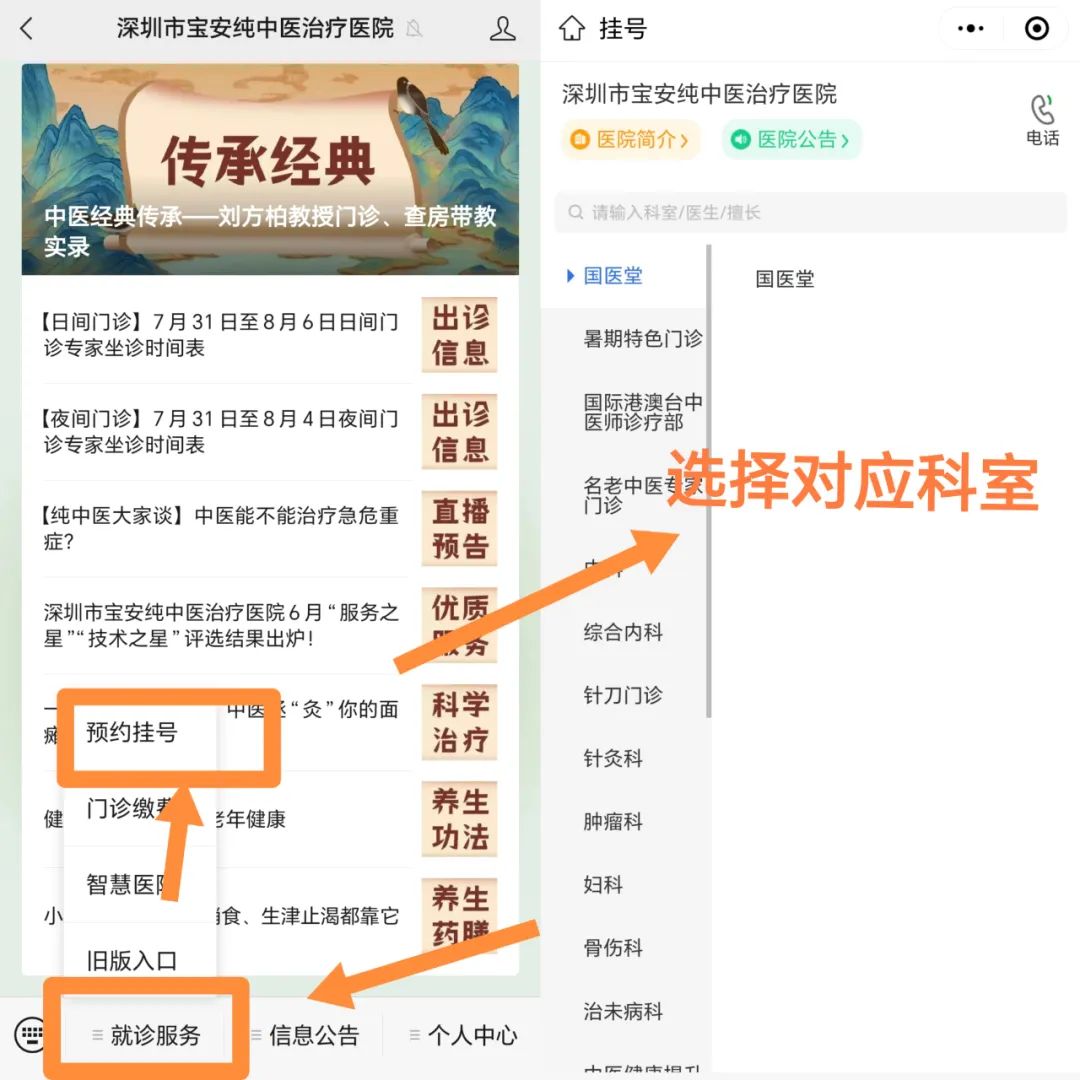
✎ Hospital Address:
99 Lai’an Road, Baoan District, Shenzhen (formerly Wenwei Road), adjacent to Pingluan Mountain Park.
✎ Consultation Phone:
0755-23288773, 0755-23280785
✎ Working Hours:
Daytime Outpatient:08:00-12:00, 14:00-17:00
Evening Outpatient: 17:30-21:00
